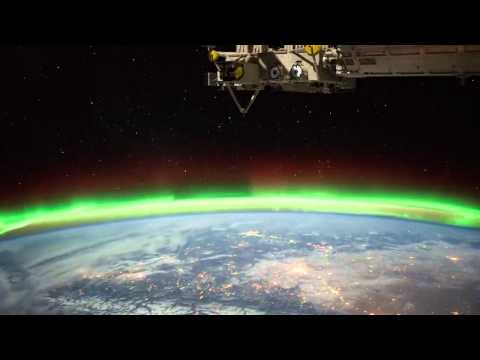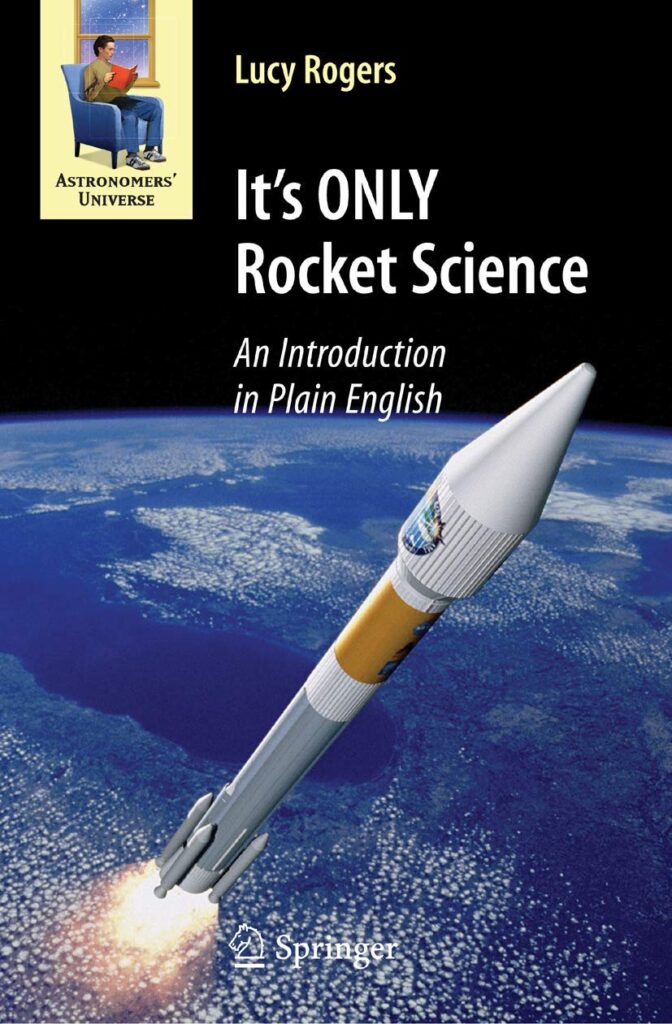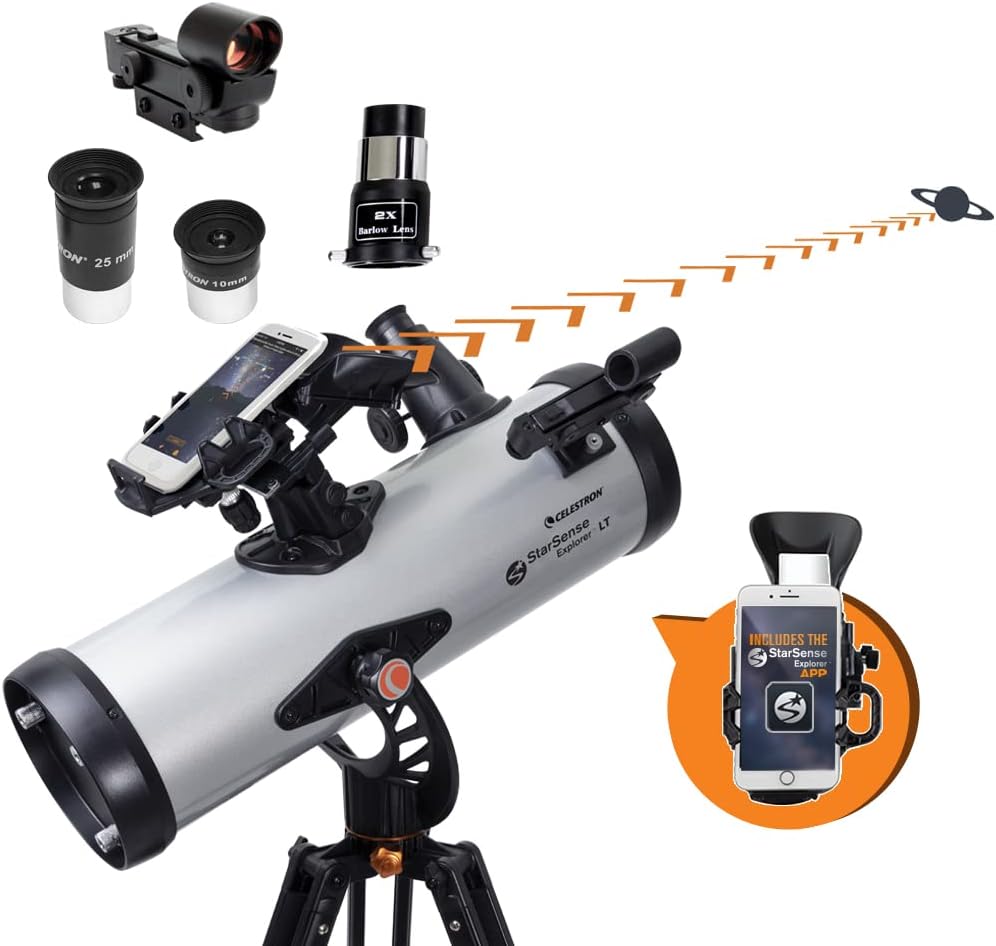Building a Marsbase is a Horrible Idea: Let’s do it!
From hostile deserts, to lonely islands and the highest mountains, wherever there is space to expand into humans do so. So, it’s hardly surprising that we’re already making preparations to set foot on Mars, and to create the first permanent colony outside of Earth — maybe even terraform another planet and turn it into a second blue home. But wait, before we can get to the nice future stuff, we first have to complete the second phase of colonization; creating a semi-permanent outpost to prepare the ground for a larger human presence. But doing so will be gruesome. Even for an expansionist species like us, Mars is extreme. At first glance, Mars seems familiar — polar ice caps, large valleys, liquid water under its surface, and a day barely longer than Earth’s. The ideal place for us to go. Unfortunately, Mars is actually a cold, radioactive desert where the ground is poisonous and breathing is impossible. Mars is awful. You almost certainly don’t want to go there. The pioneers doing the hard work on Mars will have an intensely stressful life, filled with incredibly challenging problems never encountered before. But there are plenty of people willing to do that work and we have the technology to enable them to do it. For this video, we will assume there have been prior missions to Mars to scout out a good place for an outpost, store resources and equipment, and that there’s already a moon base that serves as a hub for Mars missions. The first major challenge for our outpost, is the fact that Mars is very energy poor. Because of its distance from the Sun, solar power is only 40% as effective as on Earth. But even this weakened sunlight is often obscured for days by enormous dust storms. Solar power alone will probably not be enough. Alternatives, such as wind power, and geothermal energy are also unfeasible as there’s hardly any atmosphere and Mars’ interior is much too cold. Initially, nuclear technology might be the only option. Since Mars doesn’t have easily accessible radioactive elements, the nuclear fuel needs to come from Earth along with the reactor. If we do set it up, it could power our small outpost for the first few years. Unfortunately, all that energy won’t be very useful if we can’t breathe. Mars’ atmosphere is only 1% as dense as Earth’s, and mostly made up of CO2. So, now habitats need to be pressurized and filled with an artificial atmosphere made of nitrogen and oxygen — Which comes with more problems. Corners and flat walls are weak points so the habitats will have rounded and smooth shapes to handle the stress of great pressure differences between the interior and exterior. The airlocks need to be very airtight and work perfectly every time. Without an extensive magnetosphere, or a dense atmosphere, half of all radiation coming from space reaches the ground. A person on the surface would be subjected to 50 times the radiation that they would be on Earth. Three years on the surface of Mars exceeds the radiation dose limits imposed on NASA astronauts for their entire career. This increases cancer risks significantly. To prevent that, we could shield our habitats with a thick layer of frozen CO2, that can be harvested directly from the atmosphere. Covering the dry ice with a meter of dirt, would further increase the level of protection. Sadly, this means almost no windows. From the inside, most living spaces will be windowless tunnels. From the outside, they’ll look like burial mounds. All of this would still not hold back all the radiation, but reduce it just enough to be survivable for long periods of time. It won’t, however, protect anyone who ventures outside. So, remote-controlled robots will be used for routine work on the surface, while our crew stays inside. Staying inside is a good idea for another reason: Mars dust. It’s much finer than dust on Earth, so it could find its way into the gears or electronics of our machines. Because it’s also very dry, it’s electro-statically charged; sticking to everything, like spacesuits. It will be impossible to avoid carrying lots of Mars dust into our habitat, and into the lungs of our crew. To make this even worse, Mars’ soil is filled with very toxic perchlorate salts. Constant exposure could be deadly. This problem can still be overcome though. Space suits, for example, could be made in a way that they never truly enter the base, but stay attached to the outside of the habitats. Okay, great. Now we’ve safely isolated humans in terms of energy and air, and protected them from cancer, we just need to feed them. Water is easy to come by if a settlement is positioned near the Martian poles with their thick layers of ice. Growing food is a different kind of challenge though. Mars’ soils are alkaline and lack the vital nitrogen compounds that plants need to grow. Before we can grow anything, we will have to decontaminate the soil which is difficult and expensive. Then, the soil can be fertilized using recycled biological waste. All of this will take a lot of time, and is very energy-intensive. So, we might use aquaponics to raise fish and plants together — Making the astronauts’ diets more varied and tasty at the same time. This will be an important psychological boost for our overworked crew. All of these things don’t solve one fundamental problem though: Mars has only 38 percent of Earth’s surface gravity, which could cause muscle-wasting, bone loss, and cardiovascular problems. While this might be solved in the future by setting up rotating living spaces, for now, our crew has to live with low gravity and exercise a lot to slow the degradation down. The crews will probably have to rotate every few years, after being stuck indoors in tight spaces without windows. With the same people, performing the same routines day-in day-out with little contact from the outside world, and a lot to worry about. Like Antarctic scientists or submarine staff, they will undergo intense psychological screening to make sure they’re mentally resilient enough to handle this lifestyle for several years. Establishing the first real infrastructure on Mars will be extremely taxing work that only a group of very determined, and competent, people can do. Luckily, we have enough of these on Earth. And there you have it! A small Mars base that will survive for at least a few decades — as long as it’s getting a constant supply of resources, parts, nuclear fuel, and crews from Earth. Unfortunately, Mars and Earth are separated by millions of kilometers and orbital periods that leave only a narrow travel window every two years. If there’s an emergency in the colony, Earth wouldn’t be able to help until the next travel window opens. Helpers may arrive on a planet filled with corpses. Settling Mars will be the toughest challenge we have ever faced. It will be gruesome work to establish the infrastructure we need. But we’re stubborn, and we like extreme challenges. If we push through Phase Two of colonization, anything is possible. Cities illuminating the dark Martian night, a hub for travel between the planets, industries setting foot in orbit terraforming a true multi-planetary future. Going to Mars is hard but worth it. And if we’re lucky, we might be around long enough to see it happening and cheer on the people who take on these challenges for the benefit of us all. Figuring out complex stuff is one of the best feelings ever. Especially if you don’t have to do it all by yourself. Our friends from Brilliant can help you out with that part! Brilliant is a problem-solving website with a hands-on approach. Instead of just dropping tricky concepts in front of you, they help you unravel them bit-by-bit and build up to an interesting conclusion. This way, science becomes something you actually do actively, and not only hear about. With Brilliant, you can bear down on dozens of interesting courses and puzzles about topics, like solar energy, gravity, and astronomy. If you visit brilliant.org/nutshell, or click the link in the description, you can sign up for free and learn all kinds of things. And, as a bonus for Kurzgesagt viewers, the first 688 people will also get 20% off their annual membership! With Brilliant, you finish your day a little bit smarter. And, no Mars dust to deal with. We promise! Can’t get enough of Mars? We’ve also made a poster about it. You can learn some more about the hardships of Mars colonization, or just look at the pretty colors. Go get it here!












